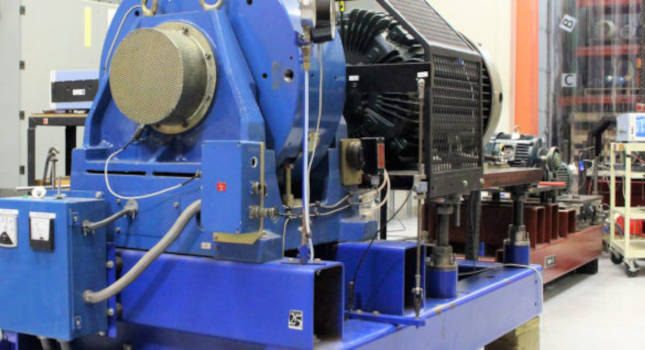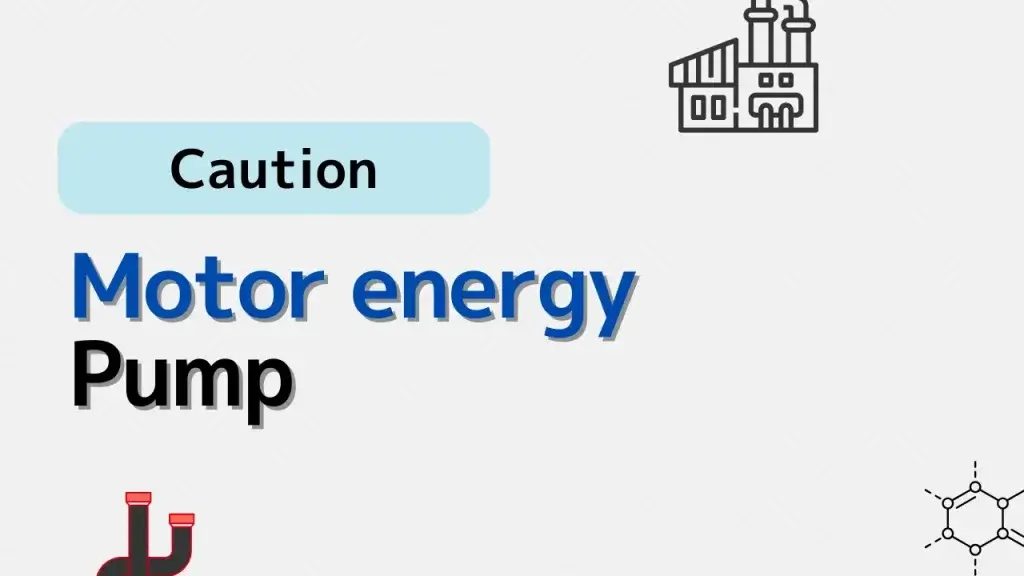Improving pump motor efficiency is a popular way to save energy and reduce operating costs. However, upgrading isn’t always straightforward. Before making changes, it’s important to understand potential pitfalls and factors that affect performance and costs.
When considering energy efficiency such as energy saving and carbon neutrality, motors are the first thing that comes to mind in chemical plants.
You may receive a proposal from the manufacturer saying that new motor is more efficient.
To avoid being fooled by this proposal, engineers need a certain level of knowledge.
Let’s explain using a typical pump as an example.

The efficiency of the motor will definitely increase
It is possible to improve the efficiency of motors through technical confirmation.
Even if the same amount of electricity is used, the ratio of conversion to rotational power for the motor can be increased.
Simply updating a 40-year-old pump today will at least increase the efficiency of the motor.
Up to this point, there is nothing wrong with telling the manufacturer.
Power consumption may not decrease
If the efficiency of the motor increases, will it save energy?
For typical centrifugal pumps, the answer is not necessarily yes.
I could explain this using a pump performance curve, but let’s explain it more simply.
When a pump sends liquid, it is forced out by the power of the pump despite the resistance of the piping.
If the efficiency of the motor increases, more energy can be used to power the pump with the same amount of electricity.
The power of the pump will increase.
If the resistance of the piping remains the same and the power of the pump increases, it will be possible to flow more fluid.
This will increase power consumption.
When considering energy conservation, it becomes necessary to throttle the valve or reduce the rotation speed so that the output flow rate of the pump remains constant.
Even if you intentionally throttle the valve to reduce the flow rate by adding resistance, you will not be able to guarantee the energy-saving effect unless you monitor the flow rate.
If you reduce the rotation speed, the lift will drop and you will not be able to send the liquid to the desired location.
The point is that it is surprisingly difficult to achieve energy savings, which is commonplace in the world, with pumps, which are commonplace machines.
LINK
Conclusion
Upgrading pump motors can deliver energy and cost savings, but only if done with full understanding of system needs and constraints. Careful evaluation and planning ensure that efficiency improvements pay off.
